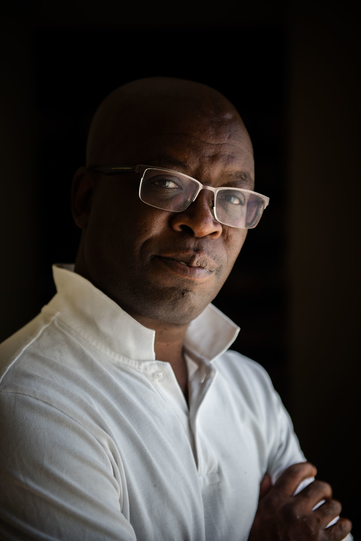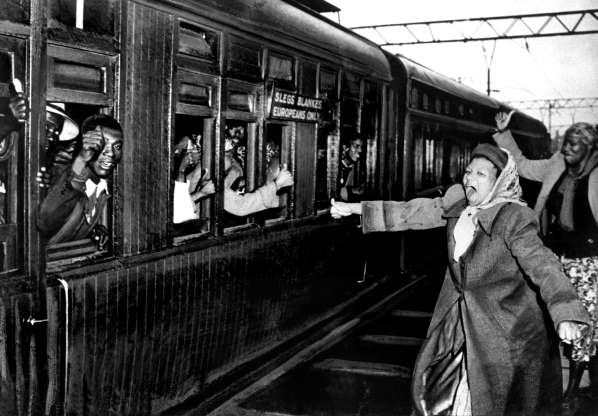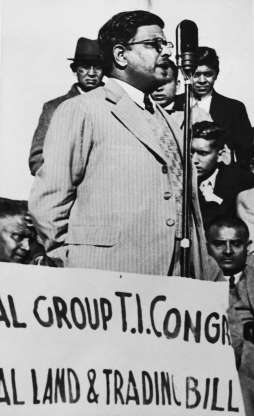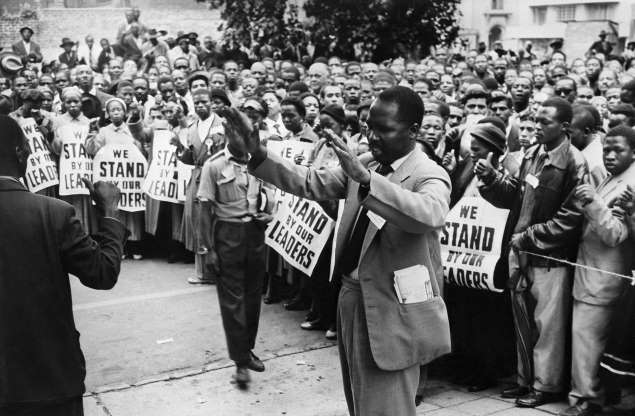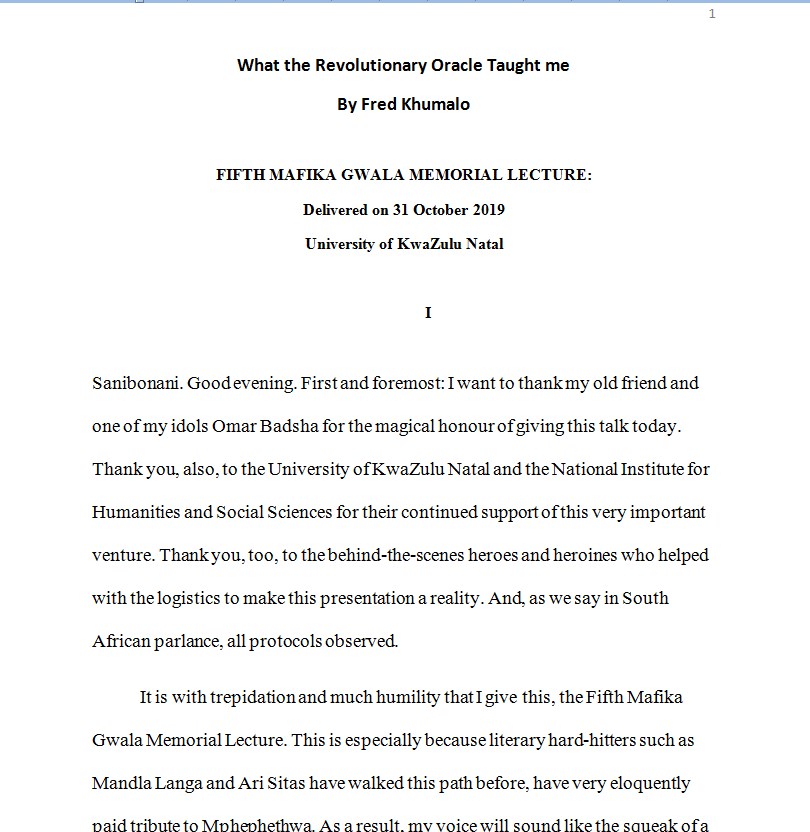Hashim Amla retires from international cricket
On 8 August 2019, Hashim Amla retired from all formats of international cricket. Amla, a versatile batsman, made his international debut on 28 November 2004 in a test series against India in Kolkata, India. Amla broke various records throughout his international career; the very first of these was becoming the first South African of Indian descent to represent South Africa on the international stage. [1] In the 2012 test series against England, Amla became the first South African to surpass 300 runs in an innings when he scored 311 runs not out at The Oval, London. This record is yet to be broken.
After Graeme Smith’s (former captain of the Proteas) retirement in 2014, Amla endured a bumpy stint captaining the South African national cricket team, the Proteas--becoming the first Black player to do so in test matches. In January 2016, Amla stood down as captain following underwhelming team and individual performances. Amla remained an integral part of the team and his form gradually improved.
A stellar batsman in all formats, Amla made his debut in one-day-internationals (ODIs) in 2008 and has since become the fastest player to reach 2,000 runs, 3,000 runs, 4,000 runs, 5,000 runs, 6,000 runs and 7,001 runs in this limited-overs format. [2] In 2018, Amla was the recipient of the Order of Ikhamanga for his many record-breaking feats in the sport. Chancellor of National Orders, Dr Cassius Lubisi said of Amla, “He has brought pride to our country with his many batting firsts in the international cricket arena and remains one of the leading batsmen of our time.” [3]
Amla retires from cricket having represented South Africa in 124 Tests, 181 ODIs and 44 T20s (a limited overs form of cricket). In him the Proteas have lost a consistent and reliable performer on-field, and a role-model off-field.
End notes
[1] Press Trust of Indian, “Amla downplays his Indian connection,” Cricket Next, 9 December 2010, https://www.news18.com/cricketnext/news/amla-downplays-his-indian-connection-569234.html ↵
[2] For a more comprehensive list of Hashim Amla’s batting records see Jamie Alter, “Hashim Amla retires: Bearded wonder, barrier-breaker, record-setter and South African sporting icon,” Cricket Country, 9 August 2019, https://www.cricketcountry.com/articles/hashim-amla-retires-bearded-wonder-barrier-breaker-record-setter-and-south-african-sporting-icon-877574 ↵
[3] Siviwe Breakfast, “Cricket: Hashim Amla granted national honour,” The South African, 24 April 2018. https://www.thesouthafrican.com/sport/cricket/hashim-amla-national-order-of-ikhamanga/ ↵
